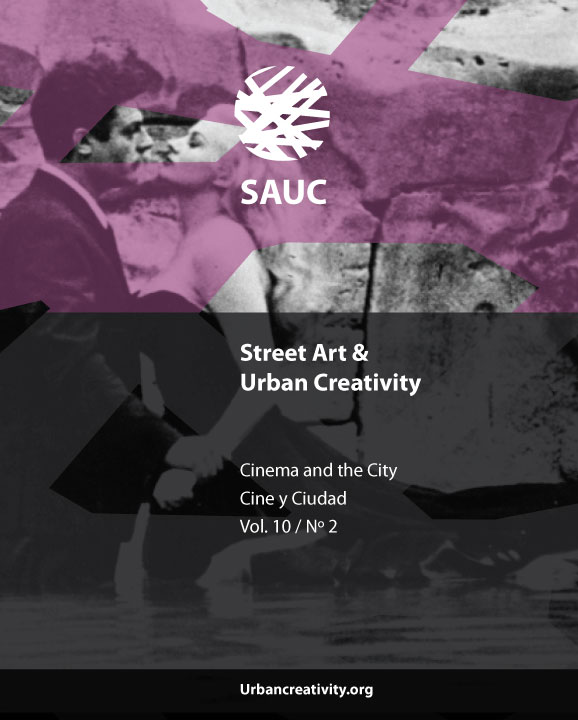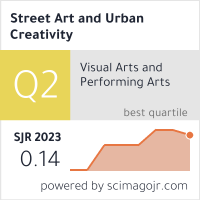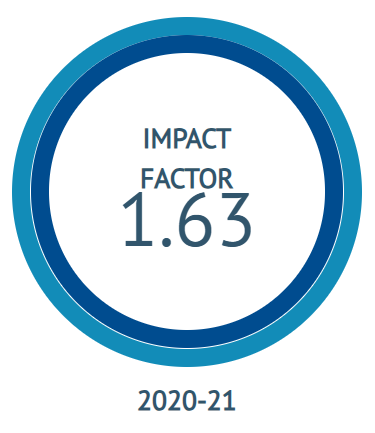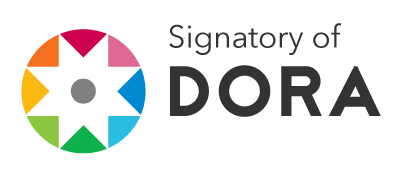Developing a Qualitative Approach to the Study of the Street Art World
DOI:
https://doi.org/10.25765/sauc.v7i2.473Palabras clave:
street art, qualitative research methods, thematic analysis, social sciences research, digital communitiesResumen
Street art is a complex social phenomenon where many actors contribute to determining the value of creativities. Street artists, curators, bloggers, photographers, museums, galleries, the public, and other actors interact with street artworks and influence the way they are perceived. In this context, it is clear that both the value and meaning of street art is not exclusively dependent on the intentions of the authors but changes according to who views and uses the artwork for their purposes. Although diversity is interesting for the sake of research, finding a research methodology able to comprise the diverse perspectives briefly illustrated above, can be difficult.
A multi-method qualitative study conducted between the 2017 and 2019, attempted to include many aspects of the social structure of street art in order to understand how street artworks become renowned in the digital era. The study proved to be useful to cover many of the various perspectives of some of the actors mentioned above. Indeed, data collection consisted in conducting semi-structured interviews as well as analysing digital conversations where street artworks are viewed and discussed by both professional and amateur audiences. Semi-structured interviews were conducted with street artists, street art curators and street art connoisseurs - bloggers, administrators of digital platforms, photographers, etcetera - while digital conversations were considered in order to grasp the significance of the interactions happening between the street artwork and its audience(s), amongst street artists, and within the digital audience. Analysing the data via thematic analysis revealed a multi-dimensional structure of the street artworld and allowed an understanding of how street artworks become renowned in the digital era as well as contributed to the theory of co-creation in the arts. This methodological approach allowed including different professional and personal perspectives, as well as integrating the personal accounts of actors with the observation of in situ interactions.
Descargas
Estadísticas globales ℹ️
|
185
Visualizaciones
|
145
Descargas
|
|
330
Total
|
|
Descargas
Publicado
Cómo citar
Número
Sección
Licencia
Los autores/as que publiquen en esta revista aceptan las siguientes condiciones:
- Los autores/as conservan los derechos de autor.
- Los autores/as ceden a la revista el derecho de la primera publicación. La revista también posee los derechos de edición.
- Todos los contenidos publicados se regulan mediante una Licencia Atribución/Reconocimiento-SinDerivados 4.0 Internacional. Acceda a la versión informativa y texto legal de la licencia. En virtud de ello, se permite a terceros utilizar lo publicado siempre que mencionen la autoría del trabajo y a la primera publicación en esta revista. Si transforma el material, no podrá distribuir el trabajo modificado.
- Los autores/as pueden realizar otros acuerdos contractuales independientes y adicionales para la distribución no exclusiva de la versión del artículo publicado en esta revista (p. ej., incluirlo en un repositorio institucional o publicarlo en un libro) siempre que indiquen claramente que el trabajo se publicó por primera vez en esta revista.
- Se permite y recomienda a los autores/as a publicar su trabajo en Internet (por ejemplo en páginas institucionales o personales), una vez publicado en la revista y citando a la misma ya que puede conducir a intercambios productivos y a una mayor y más rápida difusión del trabajo publicado (vea The Effect of Open Access).













